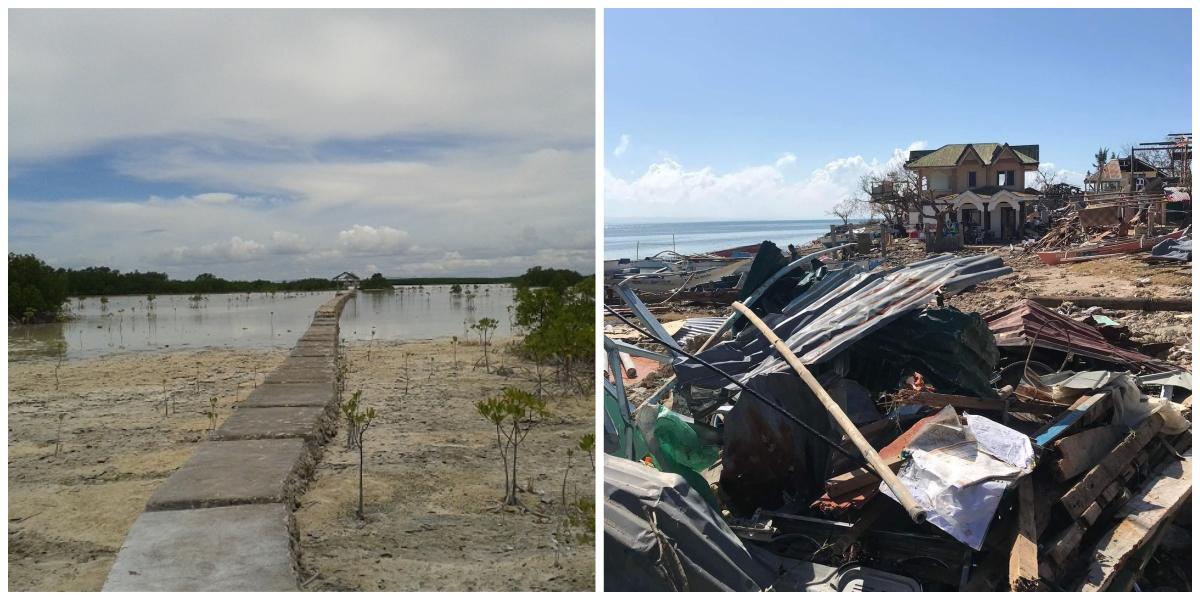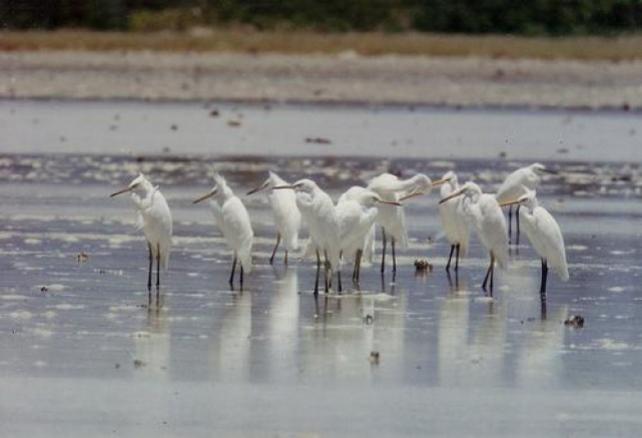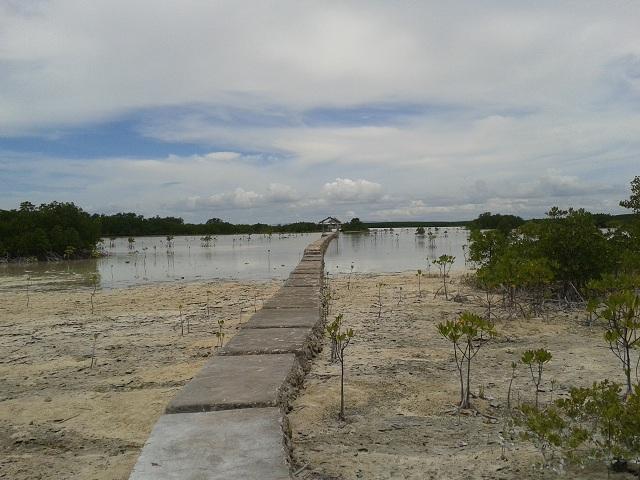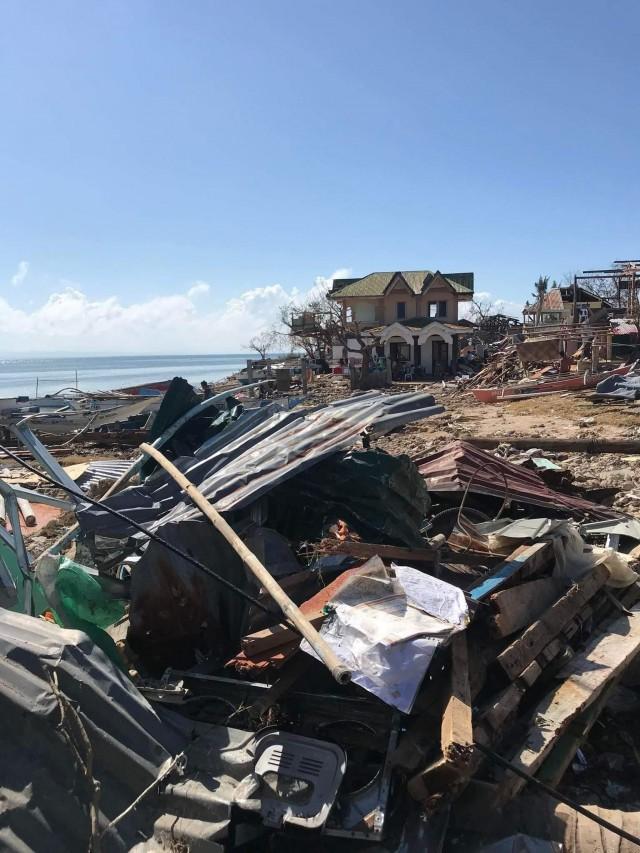Odette smashed delicate island bird sanctuary in Cebu

Over 10 years ago, I did a story about a a rare achievement for the Philippines: thousands of wild birds feeding fearlessly within slingshot distance of human settlements.
That place was Olango Island, just off the densely populated Mactan Island in Cebu province.
It was a model for how the needs of both wildlife and humans could be met on a small island. When I was there, one could approach rare Chinese egrets and whiskered terns on its tidal flats without them flying away, a sign that they felt at home with humans.

That delicate balance was brutally upended by Typhoon Odette.
Olango is just one of countless communities wrecked by the strongest typhoon in the Visayas in recent memory. The devastation there is no worse than many other places. But Olango occupied a precious space in the global imagination as an inspiration for biodiversity conservation.
December is the height of the bird migratory season when as many 20,000 visiting birds could be seen feeding on the island’s wetlands.
Well-known to birders and ornithologists (bird scientists) the world over, Olango had evolved perhaps even before human habitation as a common “fuel stop” for birds flying south every year from Siberia and other northern climes. Some migratory species even learned to end their southern journeys in Olango’s food-rich mud flats.
Humans gradually settled around these natural bird habitats, learning to share a unique island environment with such threatened wetland birds as Asian Dowitchers and Great Knots.
I didn’t learn of any tradition of bird hunting on Olango.
That’s probably the main reason why migratory birds have loved it there: Humans accepted them as part of their environment, even when the population grew and ecosystems were being encroached.

After all, their feeding grounds and habitats were separate and different. Olango was a place where humans didn’t feel they needed to occupy and exploit everything.
But the island’s limited land and the pressure to develop like their neighbors in Cebu threatened this fragile co-existence between people and wildlife.
In 1992, Olango garnered the distinction of becoming one of the pioneering Protected Areas in the Philippines under the then-new law creating the National Integrated Protected Areas System, or NIPAS.
Olango made history again when it was declared a Ramsar site in 1994, recognizing it as an important wetlands biodiversity area in the world and the first in the Philippines. (The designation was named after the city Ramsar in Iran where the international treaty on wetlands conservation was signed in 1971).
Since then, Olango has blazed another trail in wildlife tourism as it hosted birders from around the world, and the government established a visitors center for Olango’s knowledgeable guests.

After Typhoon Odette ripped through the central belt of the Philippines and relief was rushed to other well-known destinations, Olango somehow fell below the radar. Its 40,000 residents have been waiting for days for any relief in scale. The constant rains have made conditions even more miserable for the residents.
Olango beeped into my consciousness again when my friend Arne Jensen, the respected ornithologist and longtime Philippine resident, posted a public plea addressed to me shortly before Christmas:
“How to get Olango Island with its famous Ramsar Site wildlife sanctuary on the media and relief radar? Despite estimated damage of up to 90% and being a short ride from Mactan International Airport, the 40,000 people have received nothing on the 6th day after Odette.”
Since then, Arne, Olango schoolteacher Myrson Taneo, and I have been working to connect people in Olango with relief agencies and Good Samaritans despite the near absence of communications on the island.
Olango’s birds flew off to safer destinations. But most of the people on the island have nowhere else to go. The desperate wish of many is that more help arrives soon, lives are rebuilt better, and birds and humans are reunited so they continue to be an inspiration for the world. — LA, GMA News



